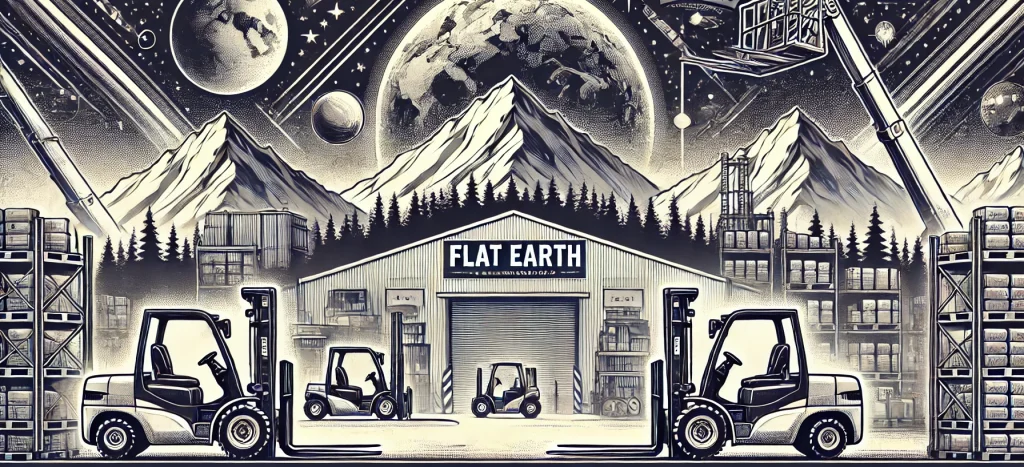Pallet forks for loader buckets are essential attachments for a variety of material handling tasks in industries ranging from agriculture to construction. These robust tools transform loaders into versatile lifting machines.
Typically made of hardened steel, pallet forks slide effortlessly onto the front of a loader bucket, allowing operators to lift and transport a variety of materials, including palletized goods, lumber, and machinery. The design of the forks includes a backrest to prevent loads from shifting backward, enhancing the safety and efficiency of moving items.

Compatibility with various loader brands and models is a key consideration when choosing bucket forks. The attachment process is often straightforward, with forks that easily clamp onto the edges of a loader bucket.
This ease of attachment makes the transition from bucket work to fork application quick and efficient, minimizing downtime and increasing productivity on the job site. Loader capacity is another critical aspect, as the pallet forks must be appropriate for the loader’s maximum lift capacity to maintain safe operating conditions.
Loader pallet forks’ lift capacities can vary, accommodating everything from light-duty tasks for compact tractors to heavy-duty applications for industrial loaders. The ability to adjust the width of the forks also allows for handling loads of different sizes, providing further flexibility in operation. As an indispensable attachment, loader pallet forks enhance the capacity of tractors and loaders, making them more valuable assets in a range of fields.
Understanding Pallet Forks for Loader Buckets
Pallet forks are essential tractor attachments that enhance the versatility of a loader bucket, allowing it to lift and move pallets and other materials efficiently. They have various capacities to suit different loads and are designed for compatibility with numerous bucket types.

Design and Specifications
Pallet forks for loader buckets come in several weight capacities, commonly ranging from 4,500 lb to 8,000 lb. They typically feature an adjustable fork and tine spacing for handling various pallet sizes.
The design includes a shaft bar and mounting hooks or brackets which need to match the cutting edge of the loader bucket, whether the bucket has teeth or not.
Compatibility and Mounting
It is crucial to select pallet forks that are compatible with the existing loader bucket. The forks should match the bucket’s lip thickness and have appropriate mounting brackets for a stable fit.
Brackets are either welded on or bolted, and must be designed to distribute weight and stress evenly across the bucket to avoid damage.
Installation and Usage
Most pallet fork kits come with installation instructions that detail setup procedures. Users should follow the operating manual to ensure correct mounting and usage.
The forks are slid onto the shaft and secured in place, with the option for adjustable fork spacing offering flexibility for different tasks on the farm or job site.
Durability and Maintenance
The life of the fork is determined by its durability and how well it is maintained. Regular inspections for signs of wear or stress can extend the service life.
Maintenance tasks typically include checking the tightness of all mounting components and ensuring that the shaft bar is free from damage.
Additional Accessories
To enhance functionality, there might be additional accessories available for pallet forks, such as stabilizer bars or extensions. These tools provide additional support and versatility, making the equipment suitable for a broader range of applications and additional machines.
Purchasing Options
When considering the purchase of pallet forks for a loader bucket, options include buying a kit which contains all brackets and shafts, or choosing individual components.
Some vendors offer free shipping, and the availability of the products can be found on their website.
Note that the bucket is sold separately and needs to be procured prior to or along with the forks.
